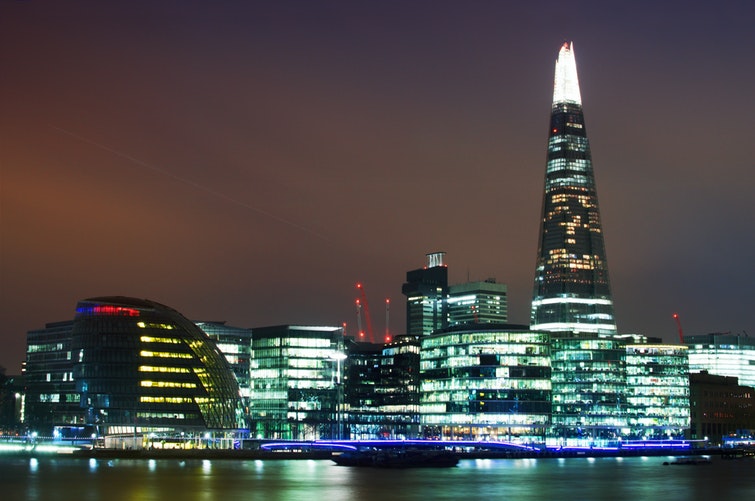Bloomberg and EEVS’s latest September Energy Efficiency Trends report is live. What does it tell us about the sector today?
1. Market confidence
Smiles are back on the face of UK energy efficiency. An estimated 10% uptick in energy efficient project commissioning for the last quarter brings welcome relief, following five consecutive quarters of below average consumer investment.
2. Lighting is the no. 1 technology– and BEMs are on the rise
Lighting remains the number one choice for respondents implementing energy efficiency projects. Building Energy Management Systems (BEMS) come second and are on the rise – these are now being commissioned by more than 60% of the report’s active consumer respondents.
Boiler controls and lighting controls fall within the top five energy efficiency technologies commissioned.
3. Returns come fast
More and more customers are prioritising quick returns on their energy efficiency spend; a typical expectation is now in the region of 4 years.
4. Prices on the up
In a material change to the long term trend towards static pricing across the sector, this quarter some 40% of respondents reported price increases.
5. Government action required
On energy efficiency policy, supplier sentiment remains firmly in negative territory with over half of respondents considering the current policy framework to be ineffective.
That said, the report’s interviewees were keen on the recent BEIS consultation ‘Building a market for energy efficiency: call for evidence’, but under 20% think the government is managing the economy well.
6. Large scale projects are on the rise
The uptick in customer spending this quarter is primarily driven by a jump in large scale projects of over £500,000. These made up 42% of the total projects kicking off.
7. Measurement and management
Over 60% of energy efficiency customers are now reporting the inclusion of good practice performance analysis and verification, to help demonstrate the savings returns attributable to their investments.
Enjoyed this article? Check out more of our energy policy articles here. Please drop us a line if you’d like to chat about any of the issues and themes we’ve covered or to find out more about how our variety of energy efficient technologies can help your business.



